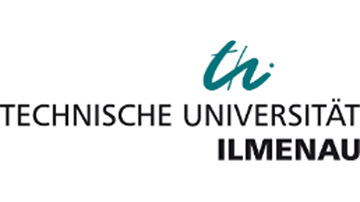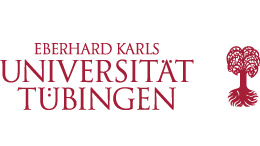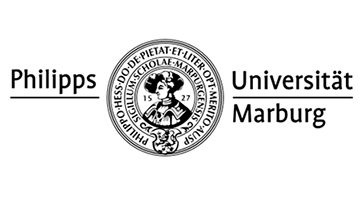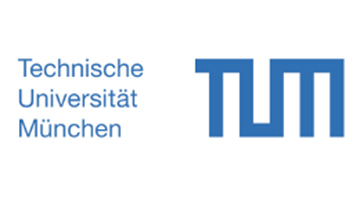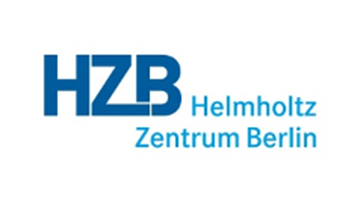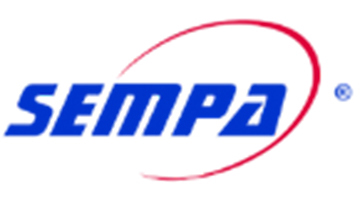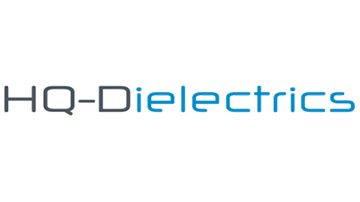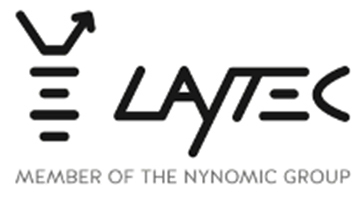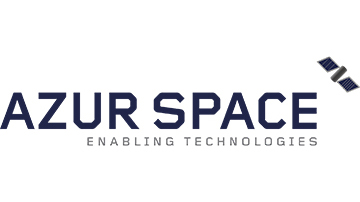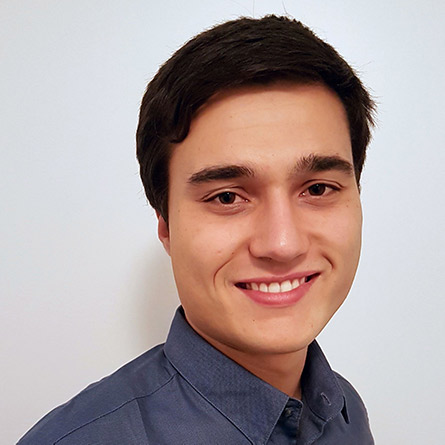© Dr. Fatwa F. Abdi Helmholtz-Zentrum Berlin für Materialien und Energie GmbH
In Short
About the project
The aim of the H2Demo project is to produce the first large-scale demonstrators for direct solar hydrogen production. This is the absorption of sunlight in a semiconductor structure that generates a sufficiently large photovoltage > 1.6 volts to decompose water directly into hydrogen and oxygen. In the project, particularly promising tandem absorbers made of GaAsP/Si are being developed, which have the best chances of economic viability in combination with high efficiency and scalability.
Work Packages
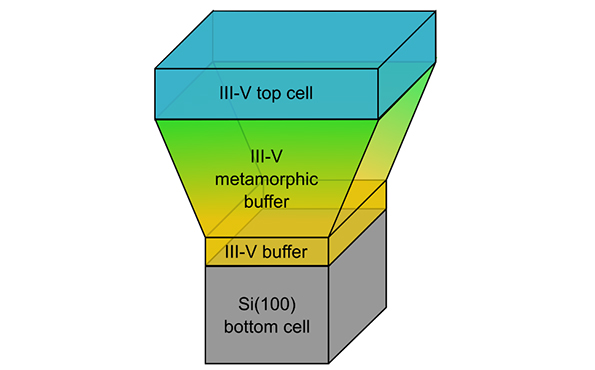
Students
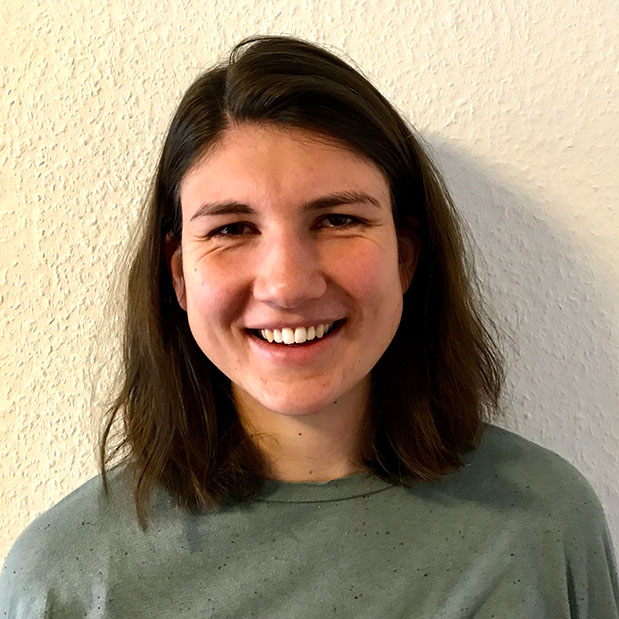
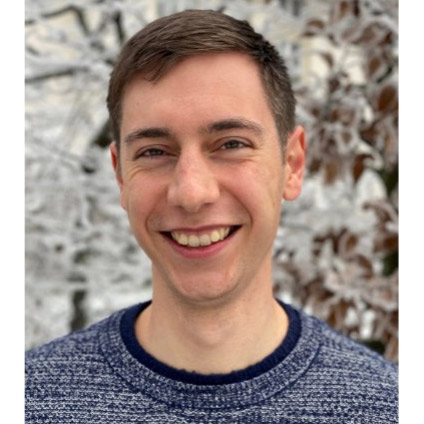
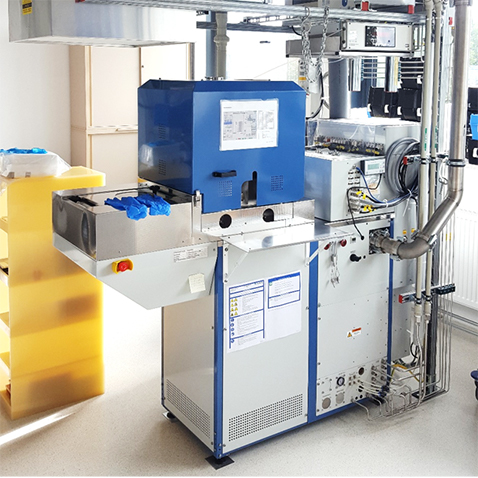
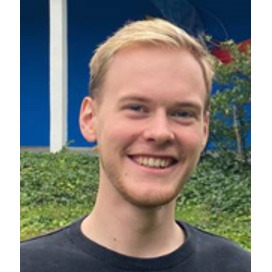

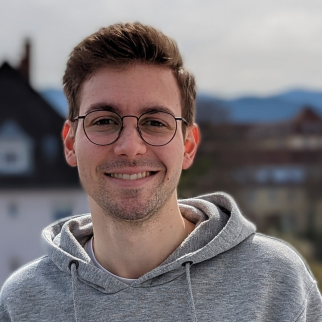
Publications
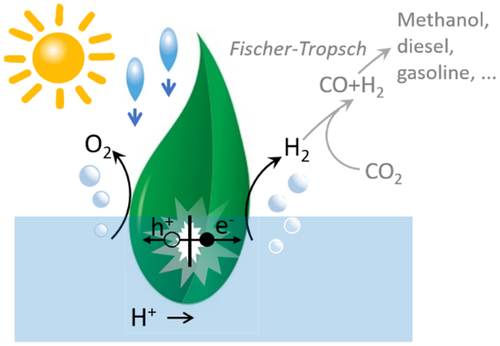
Integration of multi-junction absorbers and catalysts for efficient solar-driven artificial leaf structures: a physical and materials science perspective
T. Hannappel, S. Shekarabi, W. Jaegermann, E. Runge, J.P. Hofmann, R. van de Krol, M.M. May, A. Paszuk, F. Hess, A. Bergmann, A. Bund, C. Cierpka, C. Dreßler, F. Dionigi, D. Friedrich, M. Favaro, S. Krischok, M. Kurniawan, K. Lüdge, Y. Lei, B. Roldan Cuenya, P. Schaaf, R. Schmidt-Grund, W.G. Schmidt, P. Strasser, E. Unger, M.V. Montoya, D. Wang, H. Zhang
Solar RRL 8 (2024) 2301047 (1-49)
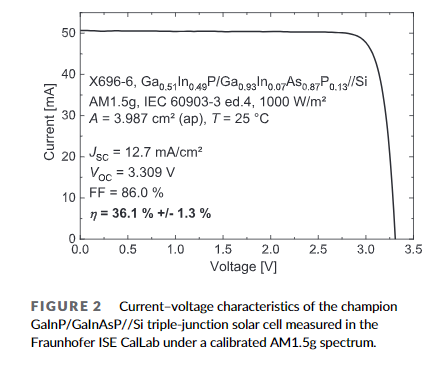
Wafer-bonded two-terminal III-V//Si triple-junction solar cell with power conversion efficiency of 36.1% at AM1.5g
Patrick Schygulla, Ralph Müller, Oliver Höhn, Michael Schachtner, David Chojniak, Andrea Cordaro, Stefan Tabernig, Benedikt Bläsi, Albert Polman, Gerald Siefer, David Lackner, Frank Dimroth
Progress in Photovoltaics: Research and Applications
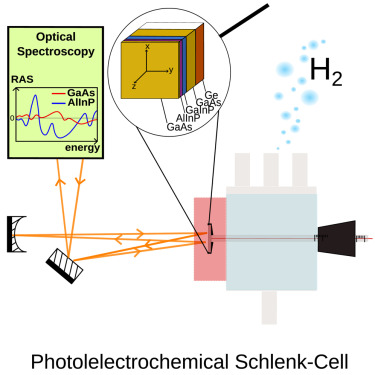
Photoelectrochemical Schlenk cell functionalization of multi-junction watersplitting photoelectrodes
Erica A. Schmitt, Margot Guidat, Max Nusshör, Anna-Lena Renz, Kristof Möller, Marco Flieg, Daniel Lörch, Moritz Kölbach, Matthias M. May
Cell Reports Physical Science
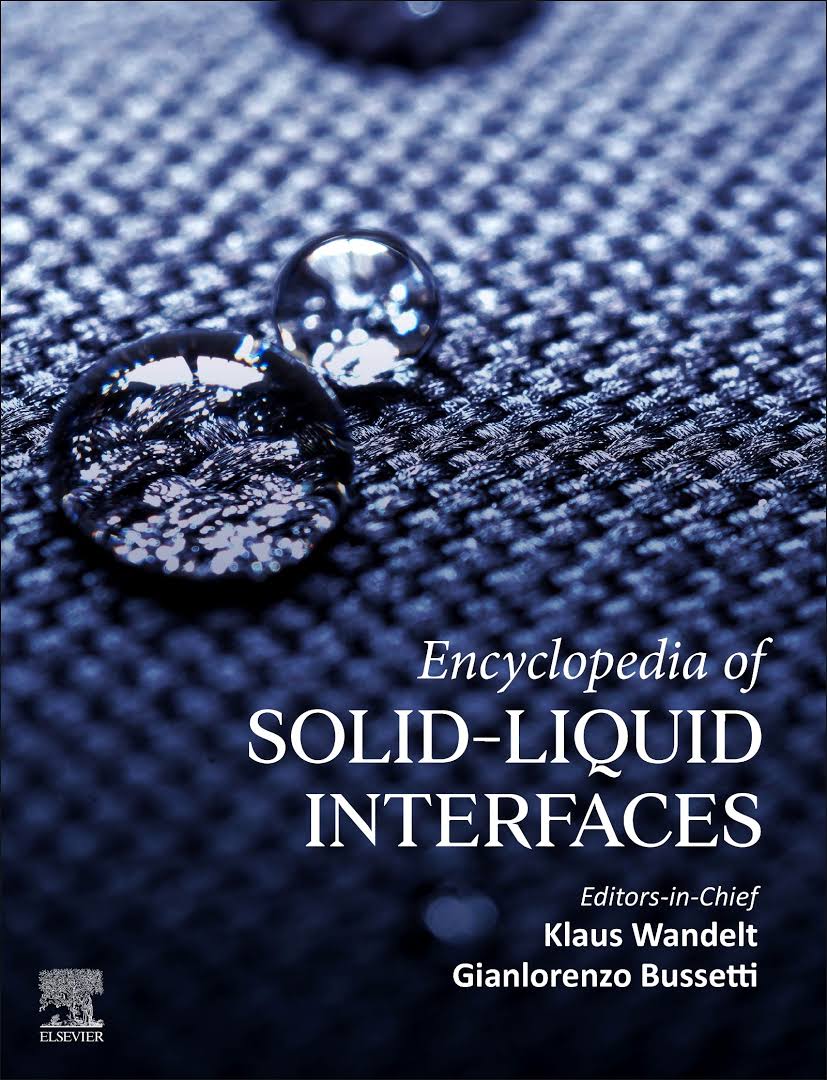
(Photo-)electrochemical reactions on semiconductor surfaces, part B: III-V surfaces–atomic and electronic structure
A. Hajduk, M.A. Zare Pour, A. Paszuk, M. Guidat, M. Löw, F. Ullmann, D.C. Moritz, J.P. Hofmann, S. Krischok, E. Runge, W.G. Schmidt, W. Jaegermann, M.M. May, T. Hannappel
Encyclopedia of Solid-Liquid Interfaces (First Edition) (2024) 120-156, ISBN 9780323856706
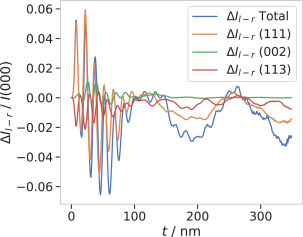
Impact of beam size and diffraction effects in the measurement of long-range electric fields in crystalline samples via 4DSTEM
D. Heimes, V.S. Chejarla, S. Ahmed, F. Hüppe, A. Beyer, K. Volz
Ultramicroscopy Vol 253
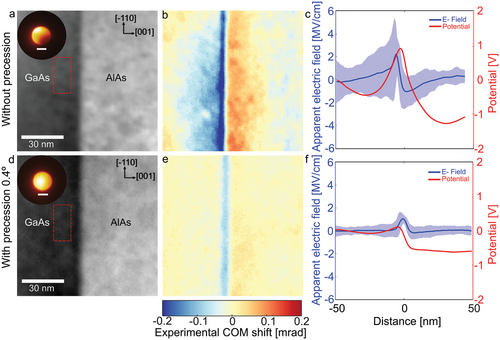
Measuring Spatially‐Resolved Potential Drops at Semiconductor Hetero‐Interfaces Using 4D‐STEM
V.S. Chejarla, S. Ahmed, J. Belz, J. Scheunert, A. Beyer, K. Volz
Small Methods
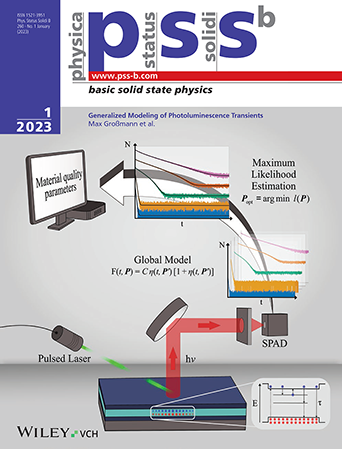
Generalized Modeling of Photoluminescence Transients
M. Grossmann, S. Bohm, S. Heyder, K. Schwarzburg, P. Kleinschmidt, E. Runge, T. Hannappel
Basic Solid State Physics
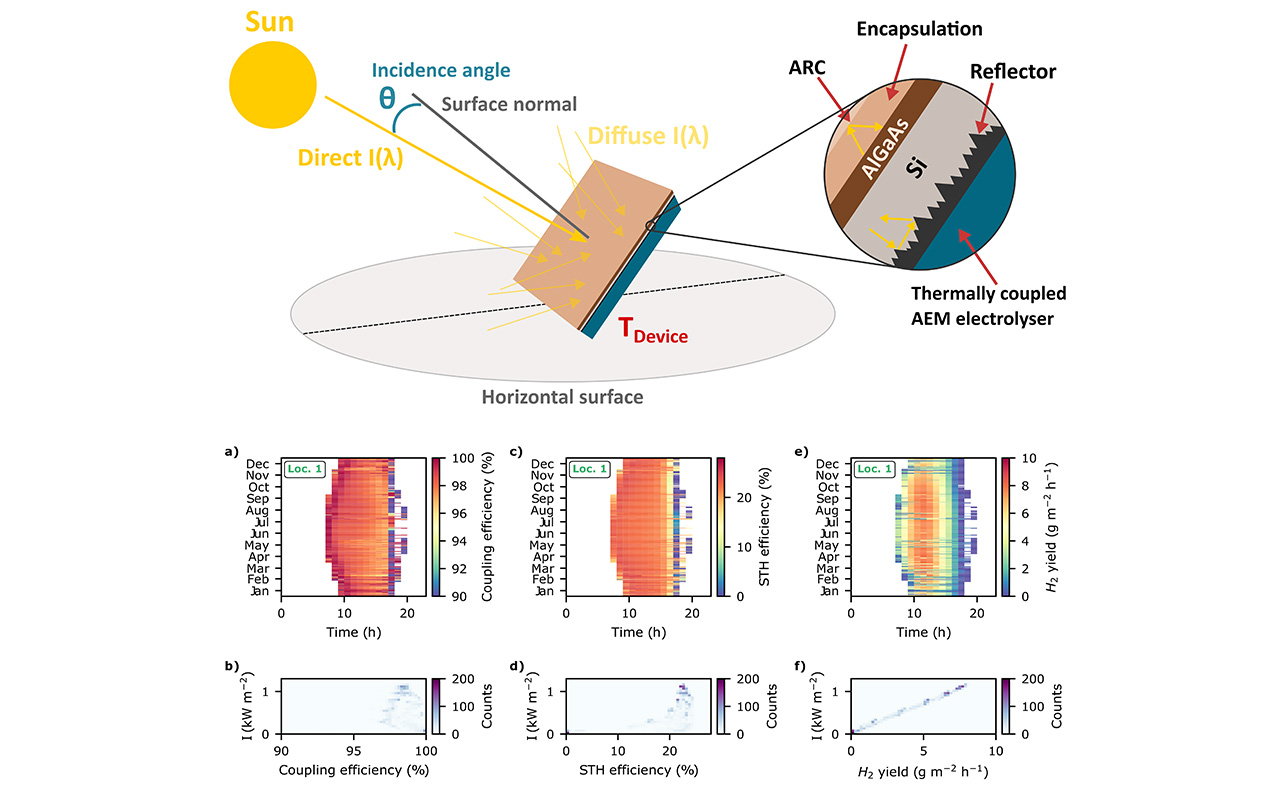
The annual-hydrogen-yield-climatic-response ratio: evaluating the real-life performance of integrated solar water splitting devices
Moritz Kölbach, Oliver Höhn, Kira Rehfeld, Manuel Finkbeiner, James Barry and Matthias M. May
Sustainable Energy Fuels, 2022,6
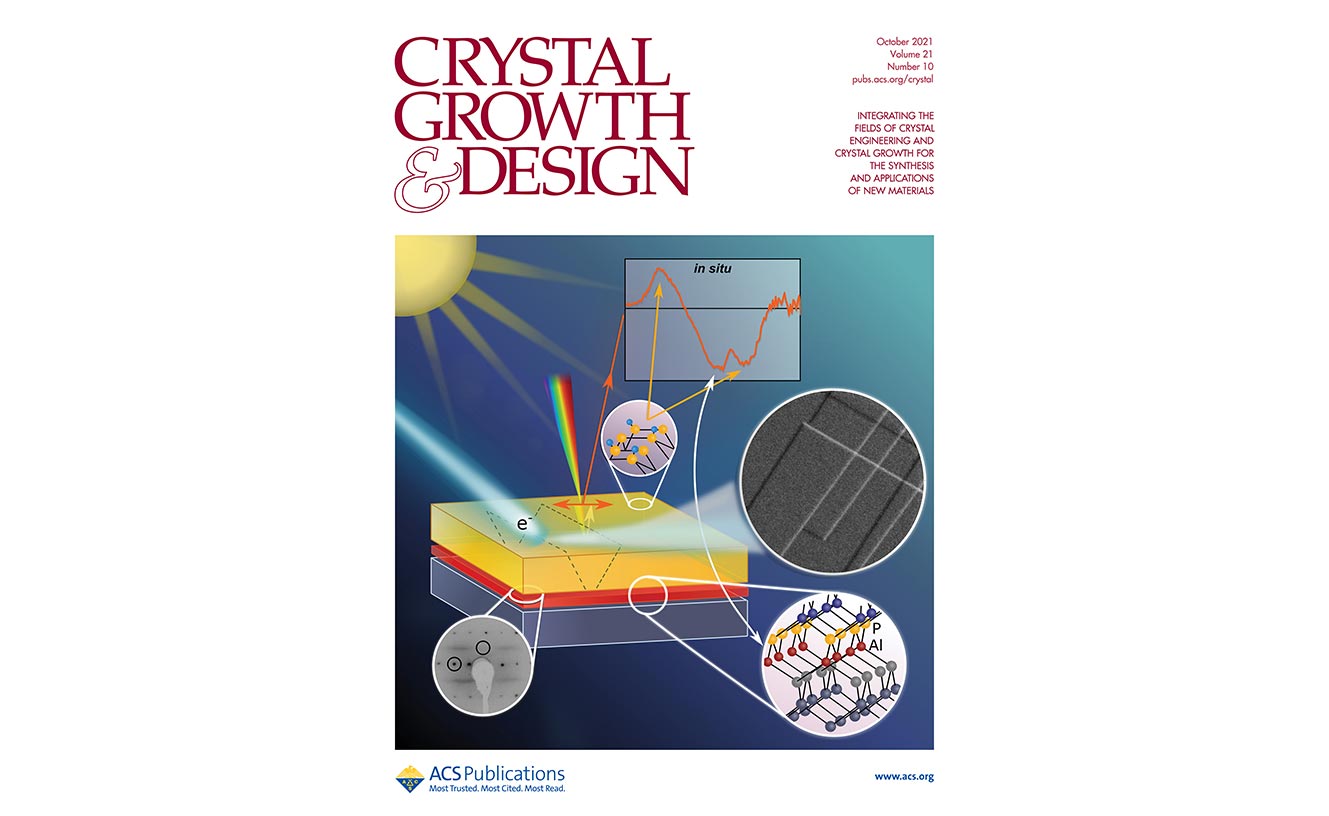
A Route to Obtaining Low-Defect III–V Epilayers on Si(100) Utilizing MOCVD
Manali Nandy, Agnieszka Paszuk, Markus Feifel, Christian Koppka, Peter Kleinschmidt, Frank Dimroth, and Thomas Hannappel
Cryst. Growth Des. 2021, 21, 10, 5603–5613
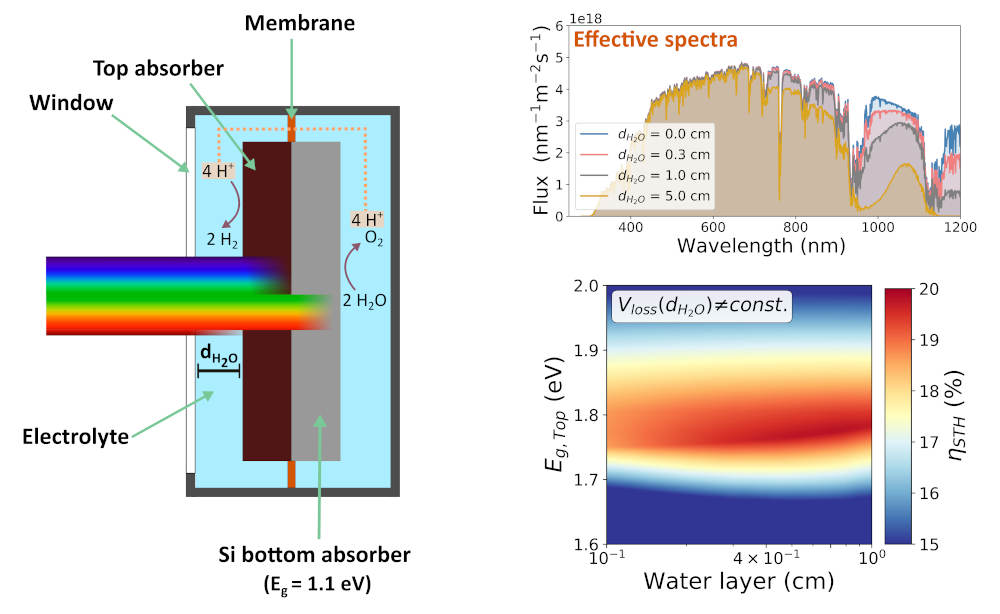
Counter-balancing light absorption and ionic transport losses in the electrolyte for integrated solar water splitting with III-V/Si dual-junctions
Moritz Kölbach, Ciler Özen, Oliver Höhn, David Lackner, Markus Feifel, Fatwa F. Abdi and Matthias M. May
Appl. Phys. Lett. 119, 083904 (2021)
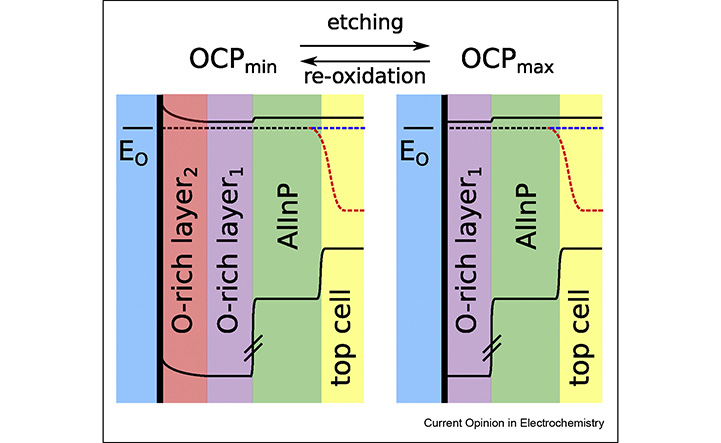
Combining experimental and computational methods to unravel the dynamical structure of photoelectrosynthetic interfaces
Matthias M. May, Wolfram Jaegermann
Current Opinion in Electrochemistry, Volume 34, August 2022
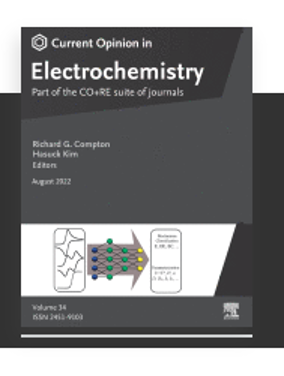
Combining experimental and computational methods to unravel the dynamical structure of photoelectrosynthetic interfaces
Matthias M. May, and Wolfram Jaegermann
Current Opinion in Electrochemistry, Volume 34, 100968
Blog
News from the project



